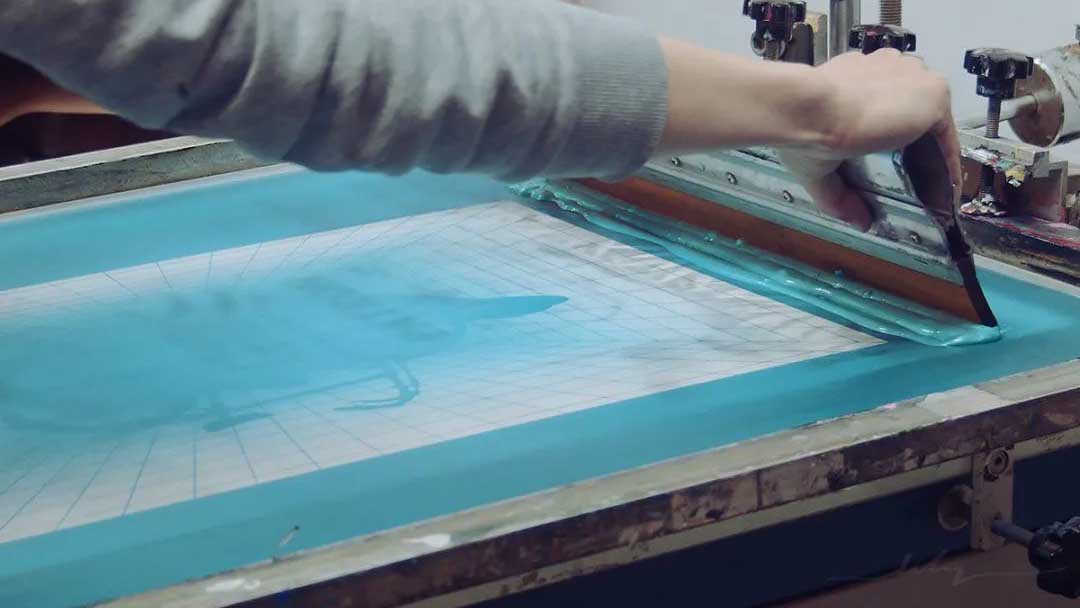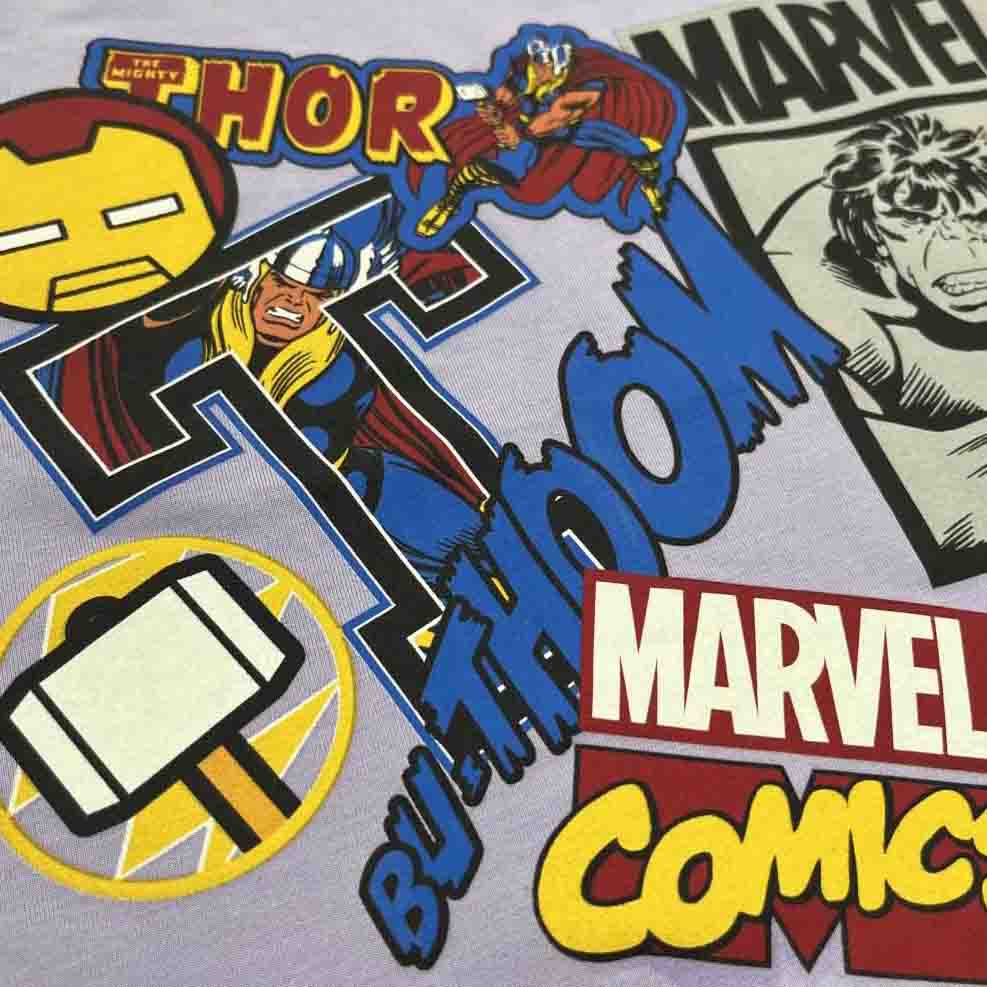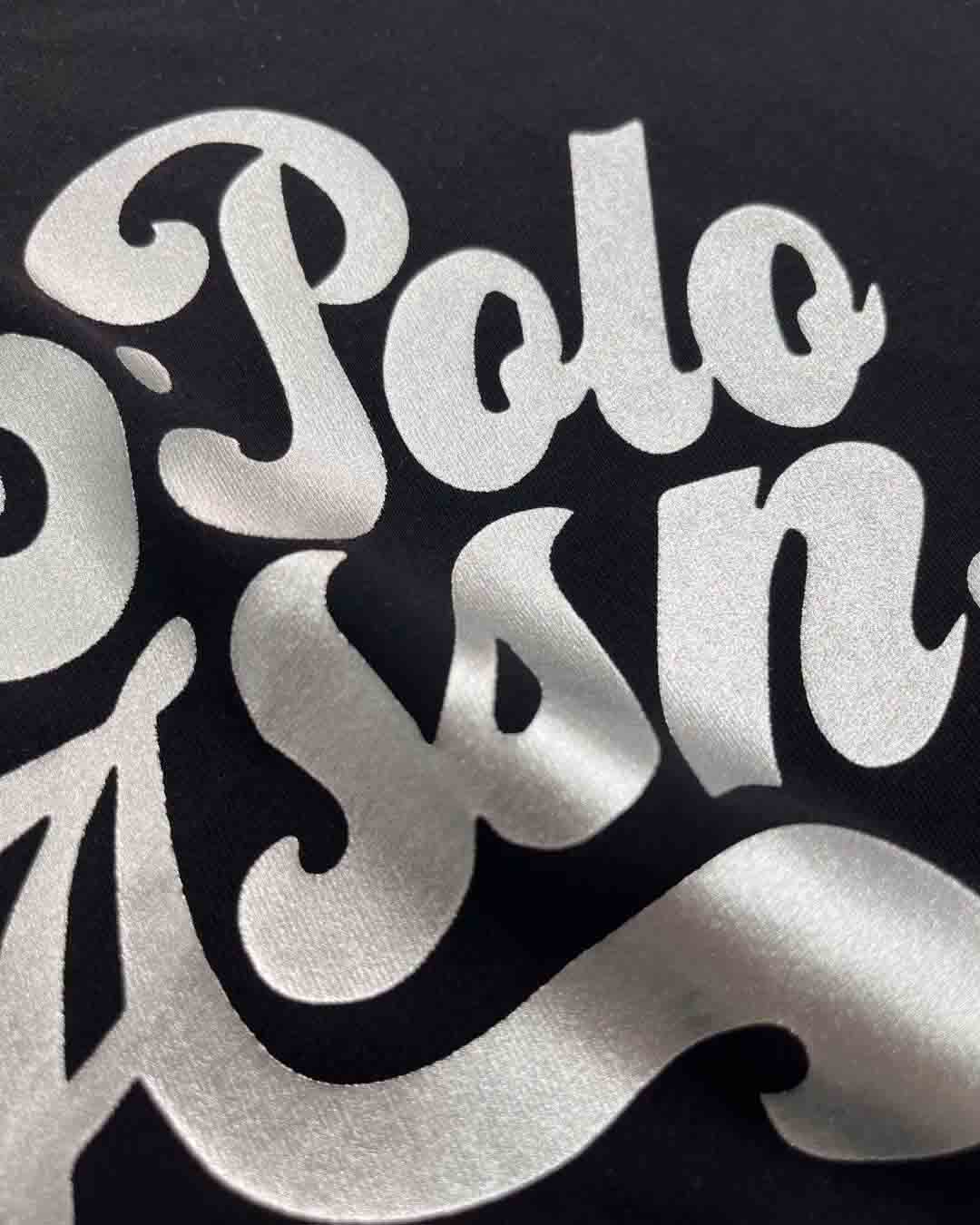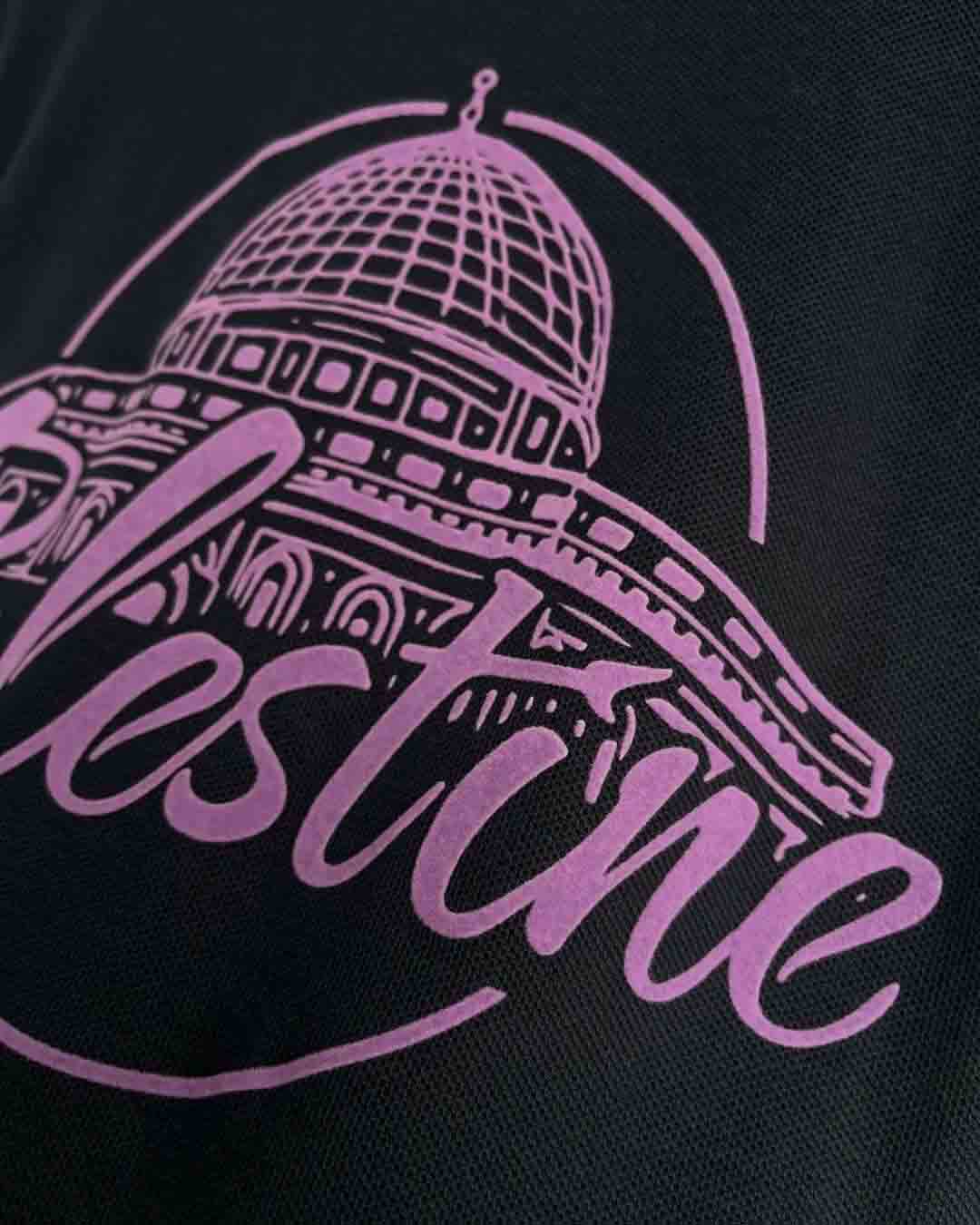What is screen printing
Screen printing is a hole printing, printing through the extrusion of the scraper, so that the ink is transferred to the substrate through the mesh, forming a pattern. According to different processes and effects, screen printing is divided into: water printing, glue printing, thick plate printing, foam printing, hot gold, hot silver, flocking and so on.

1: Water Paste Printing
It is the most basic and lowest cost printing process in screen printing, which can print patterns on a variety of fabrics such as cotton and polyester.
The working principle is similar to dyeing, but the water paste printing is to print a certain area of the fabric into the desired color. Its advantages are good air permeability, almost can be printed on all light background fabrics, flower position fastness is very good, generally will not fade, can be printed at a relatively low price to produce good results; However, it cannot be applied on dark fabrics, and it can only be monochrome (unless the color block is isolated).

2: Glue Printing
The glue printing process uses special chemical gels that blend highly seamlessly with the dye. The dye is firmly attached to the fabric through the medium of gel, overcoming the limitations of water paste printing. It can be printed on cotton, linen, viscose, polyester, nylon, polypropylene, chlorane and blended fabrics of various fibers. It can also be printed on leather, artificial leather and other materials. It can be used for fluorescence printing, inkjet printing, rot printing, electrostatic flocking printing and other printing processes.
The biggest advantage of the glue printing process is that it is widely used, the color is beautiful, and the reduction is high, but its printing process is relatively complex and the cost is relatively high, because it has a certain hardness, it is not suitable for large area of the field pattern.

3: Foam Printing/Puff Printing
Foam printing, also known as three-dimensional printing, is developed on the basis of the glue printing process, its principle is to add a certain proportion of high expansion coefficient of chemical substances in the glue printing dye, the printing position after drying with 200-300 degrees of high temperature foaming, to achieve a similar "relief" three-dimensional effect. The biggest advantage is that the three-dimensional sense is very strong, the printing surface is prominent and expanded. Widely used in cotton, nylon cloth and other materials.

4: Gold/Silver Stamping
Hot stamping silver is a traditional binding beautification means, the principle is to add special chemical agents in the printing paste, so that the flower position shows a particularly beautiful gold and silver, and the color is durable, do not fade, can be printed on many kinds of cloth, the cost is lower than the traditional process, is a very ideal printing decoration process.

5: Flocking Electrostatic flocking printing is one of the three-dimensional printing processes.
The principle is to transfer the high-strength compound resin bonding brightener to the substrate surface with a screen containing the required flower position, and then let the fiber fluff be charged through a high-voltage electrostatic field of hundreds of thousands of volts, so that the fluff is vertically and evenly "hit" on the adhesive, and a layer of fluff is "laid" on the surface of the fabric, and then it is cured at high temperature. The advantages of flocking process printing products are strong three-dimensional sense, bright color, soft feel, and anti-friction. Cotton, silk and linen, leather, nylon cloth, all kinds of PVC, denim, rubber, sponge, metal, foam, plastic, resin and so on can be printed.

In general, screen printing is the most widely used in the clothing printing process, different pastes can produce different printing effects, but if you want the clothes to have absolute permeability, water printing is the absolute priority.